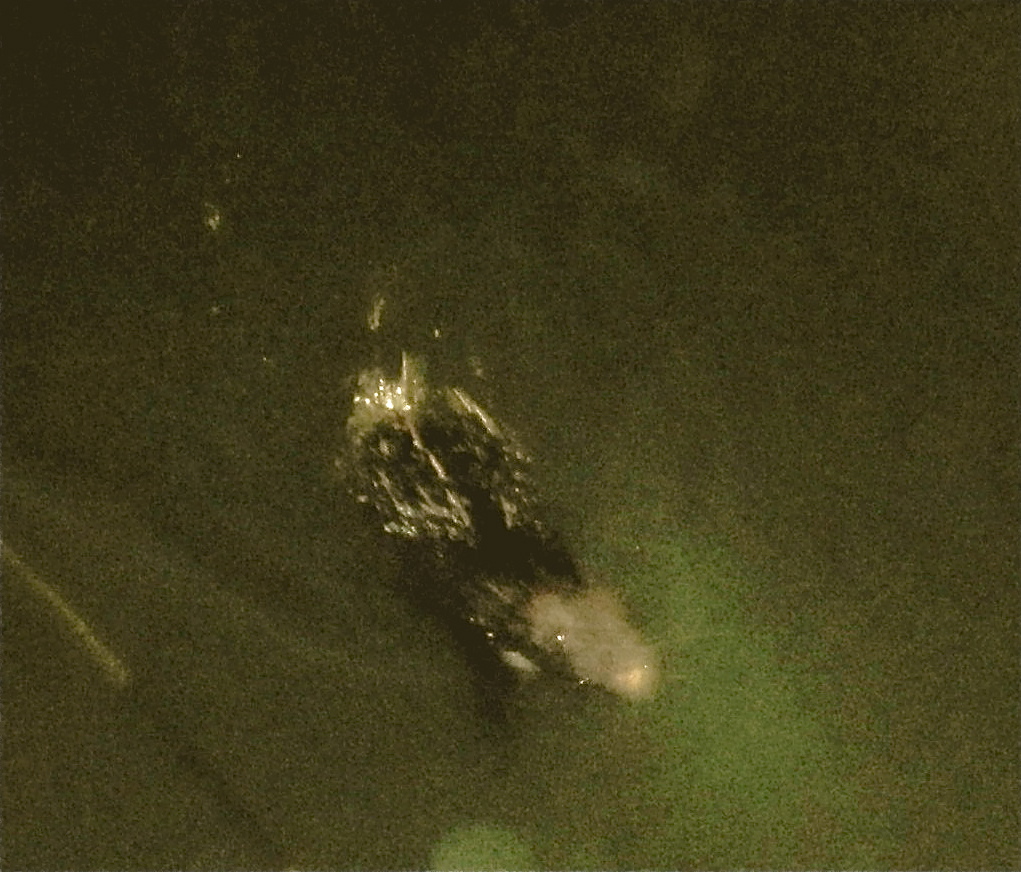 Old age is a cruel time for tigers. Because of the diminishing strength it becomes difficult for them to hunt and often the tigers venture into human habitations in search of easy prey in the form of livestock. The West Bengal government has come to the rescue of these aging tigers by setting up a reserve especially for the old tigers.
Old age is a cruel time for tigers. Because of the diminishing strength it becomes difficult for them to hunt and often the tigers venture into human habitations in search of easy prey in the form of livestock. The West Bengal government has come to the rescue of these aging tigers by setting up a reserve especially for the old tigers.
The move has been made to not only help the tigers but also save them from becoming easy target of poachers and restrict the human-animal conflict when they enter villages.
West Bengal’s principal chief conservator of forests Atanu Kumar Raha informed that tigers that can no longer hunt for themselves will be identified and relocated to the centre which is being built as a natural habitat rather than a restricted zoo.
“It is going to be like an old-age home for the tigers. We are developing it almost like a natural habitat for them. It is definitely not to be something like a zoo. The animals here will feel free almost as they do in the wild. They will be fed well and will be provided veterinary care,” said Raha.
“The facility will also remain open for old or sick tigers from the zoos in the country. For wild tigers, in certain circumstances, it will also be used like a short stay home.”
This Tiger Rescue Centre is being built near Sundarbans, world’s biggest mangrove forest and one of the best home of the royal Bengal tiger. 140 kms from Kolkata, the reserve has been built in a five acre plot near the Jharkhali village. Wildlife officials are hopeful that the centre would start functioning before the end of 2011.
Seven 15 metre x 15 metre cages are being readied for the tigers at the centre. Each cage will have access to a fenced land of around 900 square metres where a tiger could roam. Two tigers from the zoo in Kolkata are already in the queue, awaiting to be rehabilitated at the rescue centre.
District Forest Officer of 24 Paraganas (South) Shubhendu Bandopadhya said the move would be a major respite for the tigers as well as villagers of the area who constantly live in fear of a tiger attack, especially from one that cannot hunt in the forest anymore.
“For long years it has been a practice to capture the stray tigers, after tranquillising them, and release them back in the forest. But in search of easier prey the same tigers sometimes stray out of forest again. Now [after the centre becomes operational], we shall be able to rehabilitate such tigers at the centre and minimise the chances of the animals’ conflicts with the villagers,” said Bandopadhyaya.
The rescue centre will also home those tigers that get injured during a fight with another tiger.
“Sometimes we happen to rescue tigers that get injured in fight with other tigers or animals. Injured tigers will be taken to the centre where they will be treated as long as needed, before being released back into the wild. Those unable to hunt any longer will be rehabilitated in the centre permanently.”
Another official pointed out that the centre would also be used as a maternity home for female tigers. Many times male tigers attacj female tigers with cubs and to safeguard her young ones female tigers stray into villages. The centre would home these tigers and give them a natural setting to rear their young ones.
“Every year we rescue some pregnant tigers in such situation and release them back in the forest,” said the official. “After our rescue centre becomes operational, stray pregnant tigers could be rescued from outside forests and taken to the centre where they can deliver [their cubs] safely. When the cubs grow up they could be relocated from the centre to the deep of the forest.”
At the centre, beef, mutton and pork will be provided for the tigers, the officer added.
According to the NGO Wildlife Protection Society of India, at least 30 tigers were killed by poachers in India in 2010, and 28 others died naturally.
In the Sundarbans area, the population of tigers has alarmingly dropped to 70 from 274 in 2004 according to the National Tiger Conservation Authority that found that India’s tiger population has increased to 1706.
The West Bengal government is therefore very enthusiastic about the initiative and are confident that it will help increase the population of the tigers in the state. They are also hopeful that the centre would become another tourist attraction. There are also plans to have otter and crocodile breeding centres in the vicinity.
“After news of the tiger rescue centre were broadcast over national TV channels , every week our offices in Kolkata and Sundarbans are receiving many queries with people across the country asking when the centre will be ready or opened to tourists,” said West Bengal forest minister Hitesh Barman. “Otter and crocodile breeding centres are also to come up around the tiger rescue centre soon. We have a plan to develop the area as a major tourist hub.”
Related Stories:
Tiger Dad Displays Rare Parenting Skills
Bor Wildlife Sanctuary Welcomes Three Tiger Cubs
Article reference: Gulf News










This is so great to see that they are working so hard to save this great creatures!